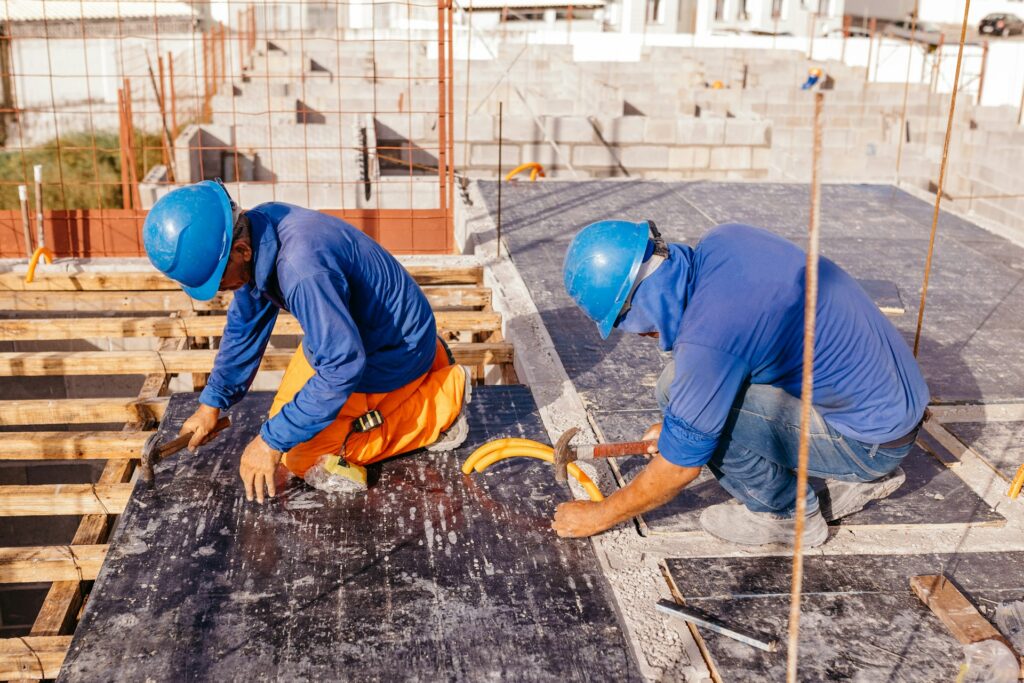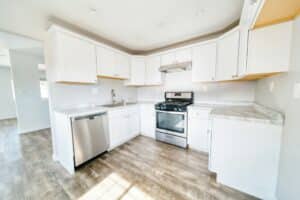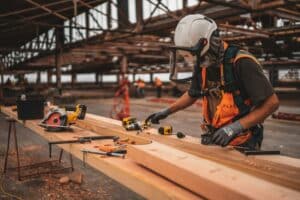When thinking about building a new home or commercial space in Koh Samui, the local climate is a crucial factor. The island’s tropical climate, with its sun-soaked beaches and lush foliage, is appealing to many. However, the heat, humidity, and seasonal rains also present challenges in the construction process. As these elements can significantly affect building materials and design choices, it’s important to plan accordingly from the start.
Are you wondering how to ensure your new build in Koh Samui withstands the island’s weather? What sorts of materials and design features should you consider to balance structural integrity with environmental harmony? Understanding these concerns is vital for a successful project. Let’s delve into the key factors that will help make your construction project in Koh Samui both durable and resilient.
Understanding Koh Samui’s Climate
Koh Samui is known for its warm, tropical climate characterized by two main seasons: dry and wet. The dry season, from December to February, offers cool breezes and less humidity, making it an ideal time for most outdoor activities, including initiating construction projects. On the other hand, the wet season, spanning from May to November, brings heavy rains and high humidity, which pose potential challenges to construction activities.
This climate has significant implications for building materials and design. The consistent heat and periods of intense rainfall require materials that can endure these fluctuations without degrading. For instance, while wood might seem like a natural choice, high humidity can lead to warping over time. This makes weather-resistant alternatives a smart consideration. Additionally, proper planning for water drainage and considering flood-resistant foundations become essential to protect your structure during the rainy months.
Materials Best Suited for Koh Samui Construction
To build a home or commercial space that lasts, selecting the right materials is critical. Here are some recommendations that can withstand Koh Samui’s unique climate:
– Concrete: Favored for its durability, concrete withstands both humidity and heavy rainfall. It’s excellent for foundations and structural support.
– Metal Roofing: Metal roofs last longer and handle heavy rainfall well compared to traditional roofing materials. They also reflect sunlight, helping to keep interiors cooler.
– Tropical Hardwoods: When treated properly, tropical hardwoods resist moisture better than many imported woods.
– Insulating Windows: Double-glazed windows help in maintaining a consistent indoor temperature and reduce humidity impact.
Incorporating local materials also benefits the environment and supports the local economy. These materials are naturally adapted to the area’s climate, making them a sustainable choice. Using local resources diminishes the carbon footprint associated with transporting construction materials from afar. This not only satisfies an ecological responsibility but ensures your build harmonizes with the island’s natural beauty.
In choosing materials, prioritize durability, sustainability, and the ability to handle climatic peculiarities. By doing so, you ensure that your structure not only survives but thrives, becoming a stable, lasting presence on the island.
Design Features for Climate Adaptation
Successfully adapting your build to Koh Samui’s climate involves making thoughtful design choices that address environmental challenges. By optimizing the design for natural ventilation, your space remains comfortable without relying heavily on AC systems. Strategically placing windows and using open floor plans can allow for better airflow, which cools the building naturally and lessens dependence on mechanical cooling systems.
One key aspect to consider is roofing and insulation. Given the tropical heat and heavy rains, selecting roofing materials that reflect sunlight can significantly reduce indoor temperatures. Consider investing in high-quality insulation materials for both walls and roofs to keep interior spaces comfortable throughout the year. These measures help maintain a steady indoor climate and contribute to energy efficiency.
Protection against heavy rainfall is crucial. A well-thought-out drainage system ensures water flows away from the building, reducing the risk of flooding and water damage. This might include implementing elevated foundations where appropriate, which adds an extra layer of protection from potential flooding during the wet season.
Planning for Seasonal Variations
The cyclical weather patterns in Koh Samui necessitate careful planning around seasonal variations. It’s wise to schedule construction activities to align with the dry season whenever possible, as the weather is optimal for building tasks and reduces the risk of delays. Construction during the dry months is less likely to encounter interruptions caused by rain, allowing for a smoother workflow and more predictable project timelines.
However, it’s wise to prepare for unexpected weather changes that might occur even during the dry season. Anticipating potential rainy days and having contingency plans in place can keep your project on track. Some strategies might include:
– Incorporating flexible schedules that allow for downtime during storms.
– Using tented or covered areas for tasks that must continue despite light rain.
– Stocking up on essential materials that might be hard to transport during rain.
Ensuring Building Longevity
To ensure your building in Koh Samui stands the test of time, regular maintenance is indispensable. The local climate can be harsh on structures, accelerating wear and tear. Regular inspections will help identify issues like moisture buildup or structural weakening before they turn into bigger problems.
Here are some tips for keeping your building in prime condition:
– Inspect roofing and gutters regularly to prevent leaks and water damage.
– Reapply weatherproof coatings to exteriors as needed to protect against moisture and sun damage.
– Keep an eye on wooden elements for signs of mold or rot, and address issues promptly to maintain their integrity.
In summary, constructing in Koh Samui requires thoughtful planning and decision-making that respects the island’s unique climate. By choosing the right materials and design features, scheduling effectively, and maintaining vigilance, you can create a structure that serves its purpose reliably and beautifully. This careful approach ensures not just a house or building but a lasting legacy that aligns harmoniously with Koh Samui’s tropical environment.
Whether you’re tackling a residential project or envisioning a commercial space in Koh Samui, navigating the region’s unique environmental challenges is key to building a lasting structure. For comprehensive insights and expert guidance on how to handle these factors effectively, explore our Koh Samui construction services. At CJ Samui Builders, we understand the local climate intricacies and are here to help you every step of the way.




